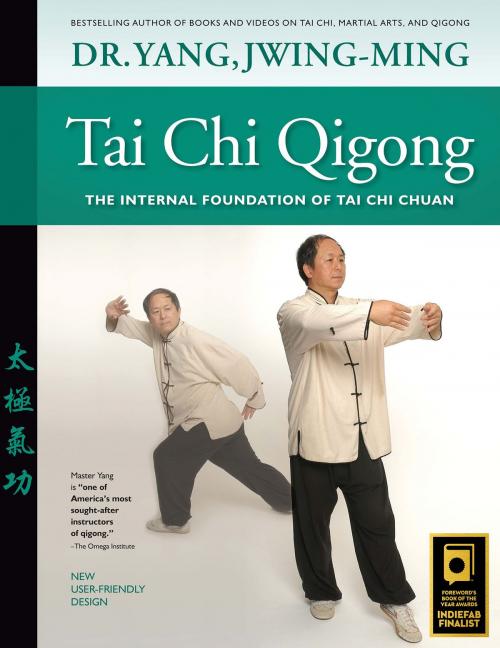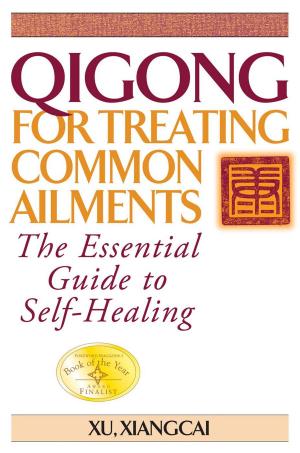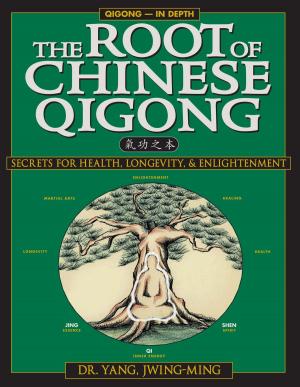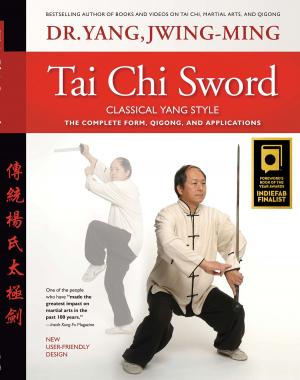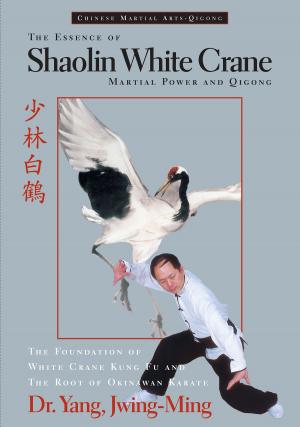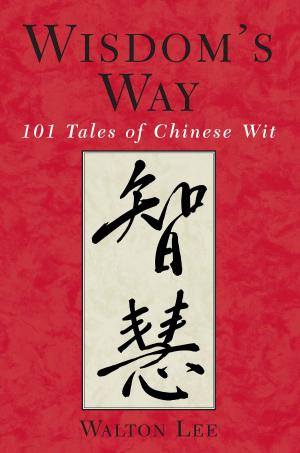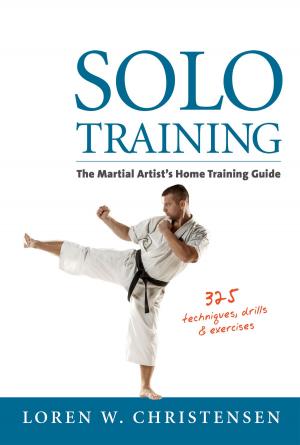Tai Chi Qigong
The Internal Foundation of Tai Chi Chuan
Nonfiction, Health & Well Being, Health, Healing, Fitness, Exercise, Healthy Living| Author: | Dr. Yang, Jwing-Ming | ISBN: | 9781594392702 |
| Publisher: | YMAA Publication Center | Publication: | September 15, 2015 |
| Imprint: | YMAA Publication Center | Language: | English |
| Author: | Dr. Yang, Jwing-Ming |
| ISBN: | 9781594392702 |
| Publisher: | YMAA Publication Center |
| Publication: | September 15, 2015 |
| Imprint: | YMAA Publication Center |
| Language: | English |
ForeWord Reviews Indie Fab Award FINALIST - 2014
The Internal Foundation of Tai Chi Chuan
Tai chi chuan is an internal martial art that uses soft/round movements to redirect an opponent's incoming force. Qigong exercises are an internal method of increasing and circulating your body's energy (qi). This book teaches tai chi qigong exercises that are useful for improving your tai chi skills and overall health.
If you already know a tai chi form, here are a few ways you will use tai chi qigong to reach new levels of skill and ability:
• To feel qi
• To regulate body, breathing, and intention
• To learn how to use intention to lead qi
• To learn how to circulate qi
• To learn how to expand qi
• To learn how to use qi to energize muscles
• To accelerate the health benefits of tai chi
If you don't know tai chi, but want to benefit from qigong exercises, here are a few ways tai chi qigong can help you:
• The exercises are short and easy to learn
• They help reduce stress
• They loosen muscles and joints
• They stimulate qi flow
• They can help develop a strong immune system
• They sharpen concentration
• They build a deeper awareness of breath and body coordination
ForeWord Reviews Indie Fab Award FINALIST - 2014
The Internal Foundation of Tai Chi Chuan
Tai chi chuan is an internal martial art that uses soft/round movements to redirect an opponent's incoming force. Qigong exercises are an internal method of increasing and circulating your body's energy (qi). This book teaches tai chi qigong exercises that are useful for improving your tai chi skills and overall health.
If you already know a tai chi form, here are a few ways you will use tai chi qigong to reach new levels of skill and ability:
• To feel qi
• To regulate body, breathing, and intention
• To learn how to use intention to lead qi
• To learn how to circulate qi
• To learn how to expand qi
• To learn how to use qi to energize muscles
• To accelerate the health benefits of tai chi
If you don't know tai chi, but want to benefit from qigong exercises, here are a few ways tai chi qigong can help you:
• The exercises are short and easy to learn
• They help reduce stress
• They loosen muscles and joints
• They stimulate qi flow
• They can help develop a strong immune system
• They sharpen concentration
• They build a deeper awareness of breath and body coordination
